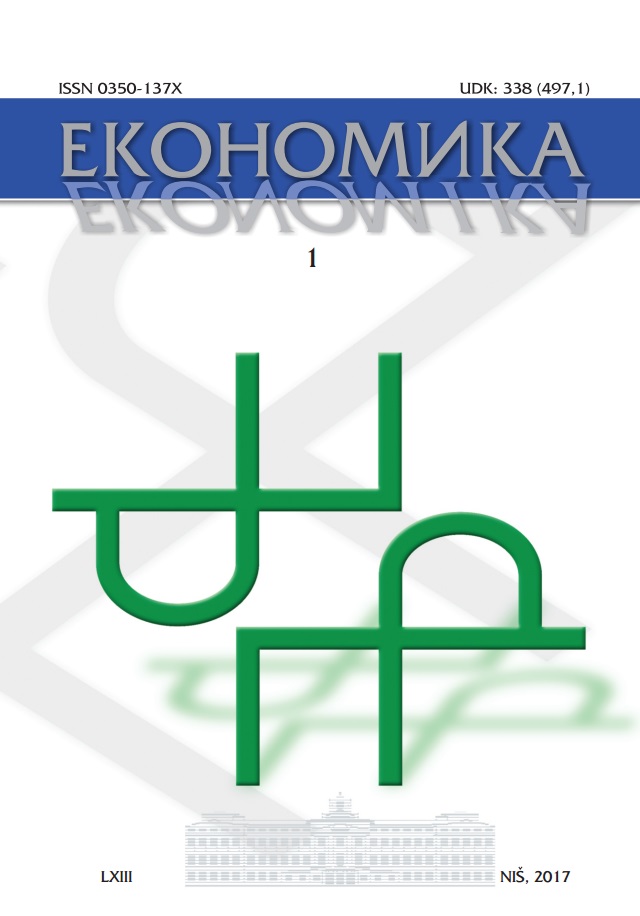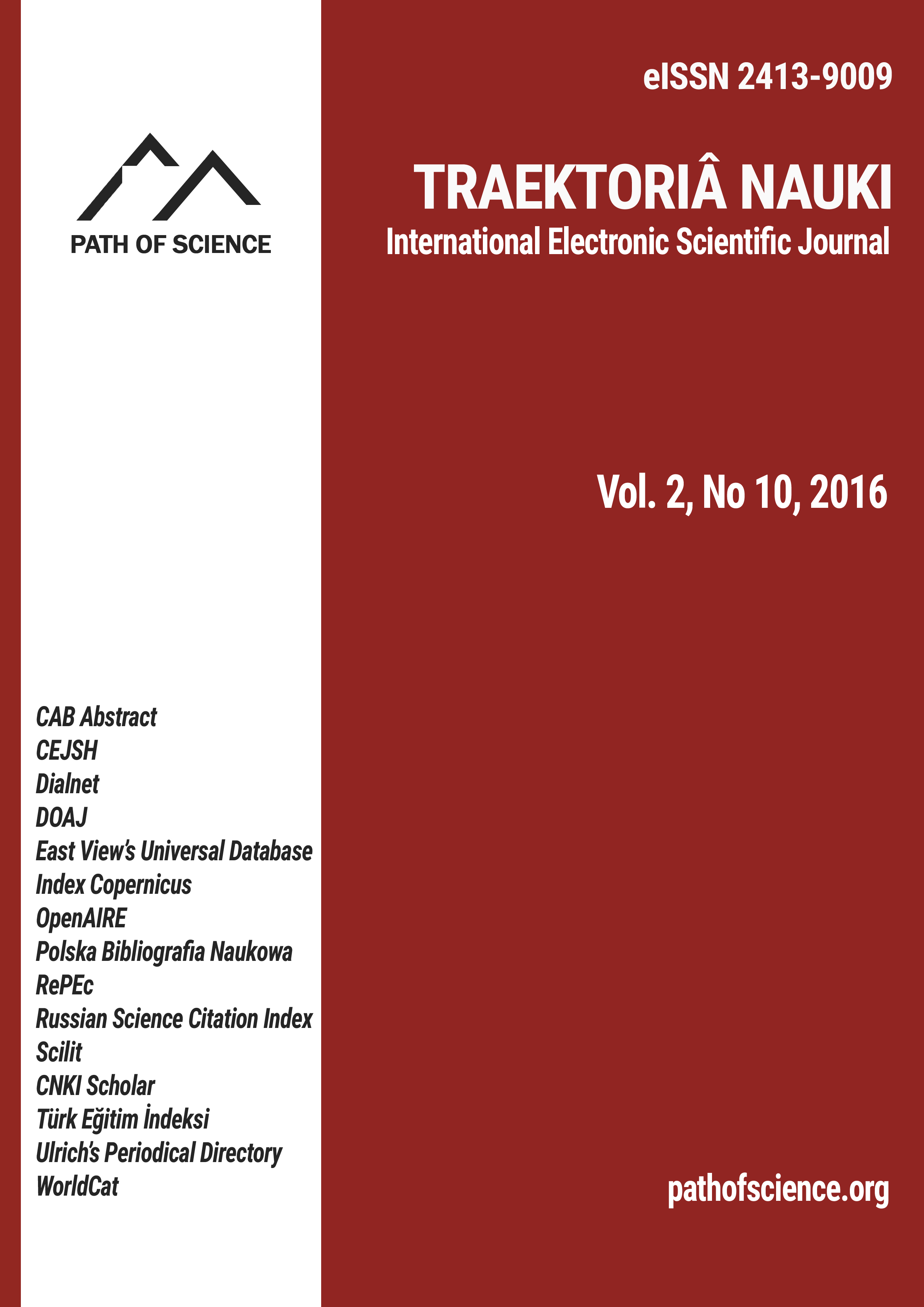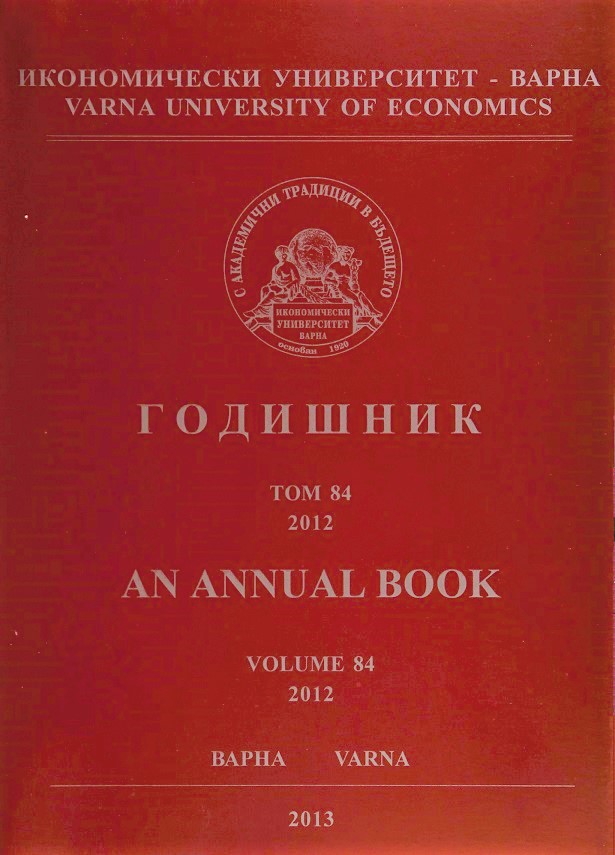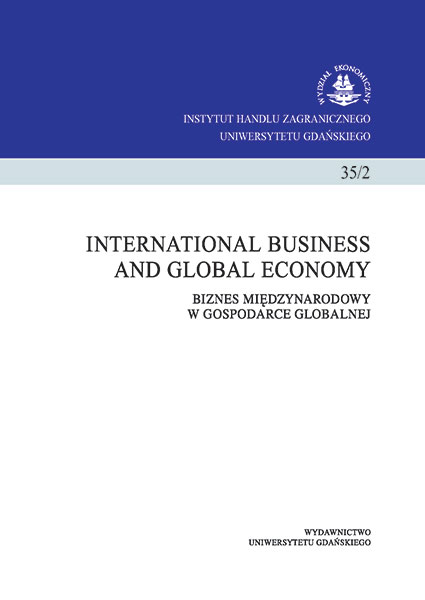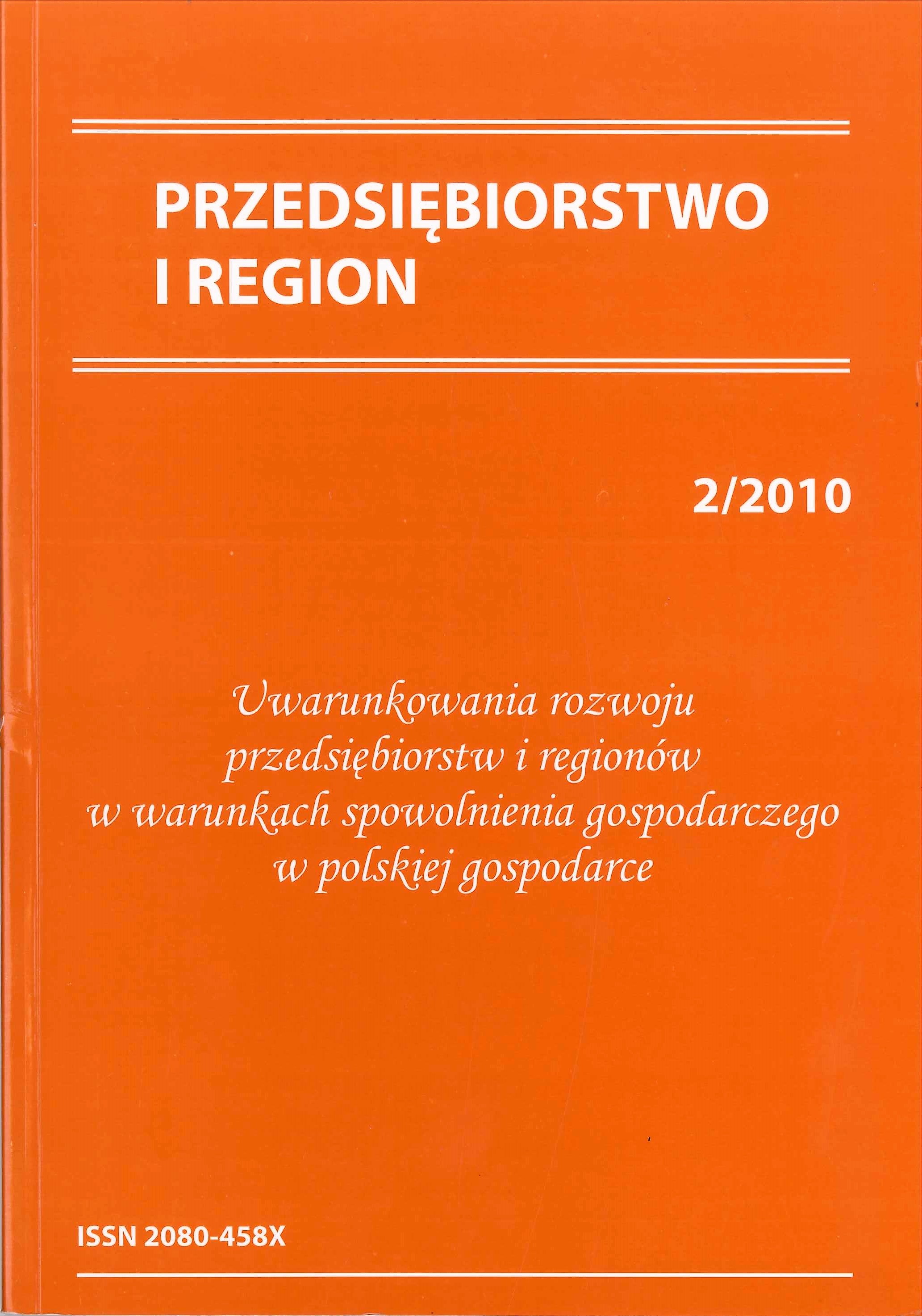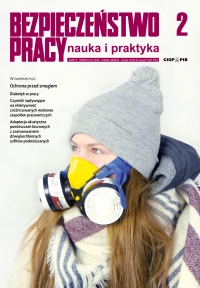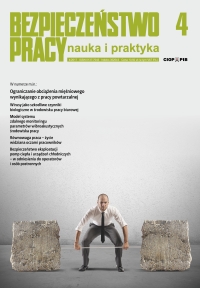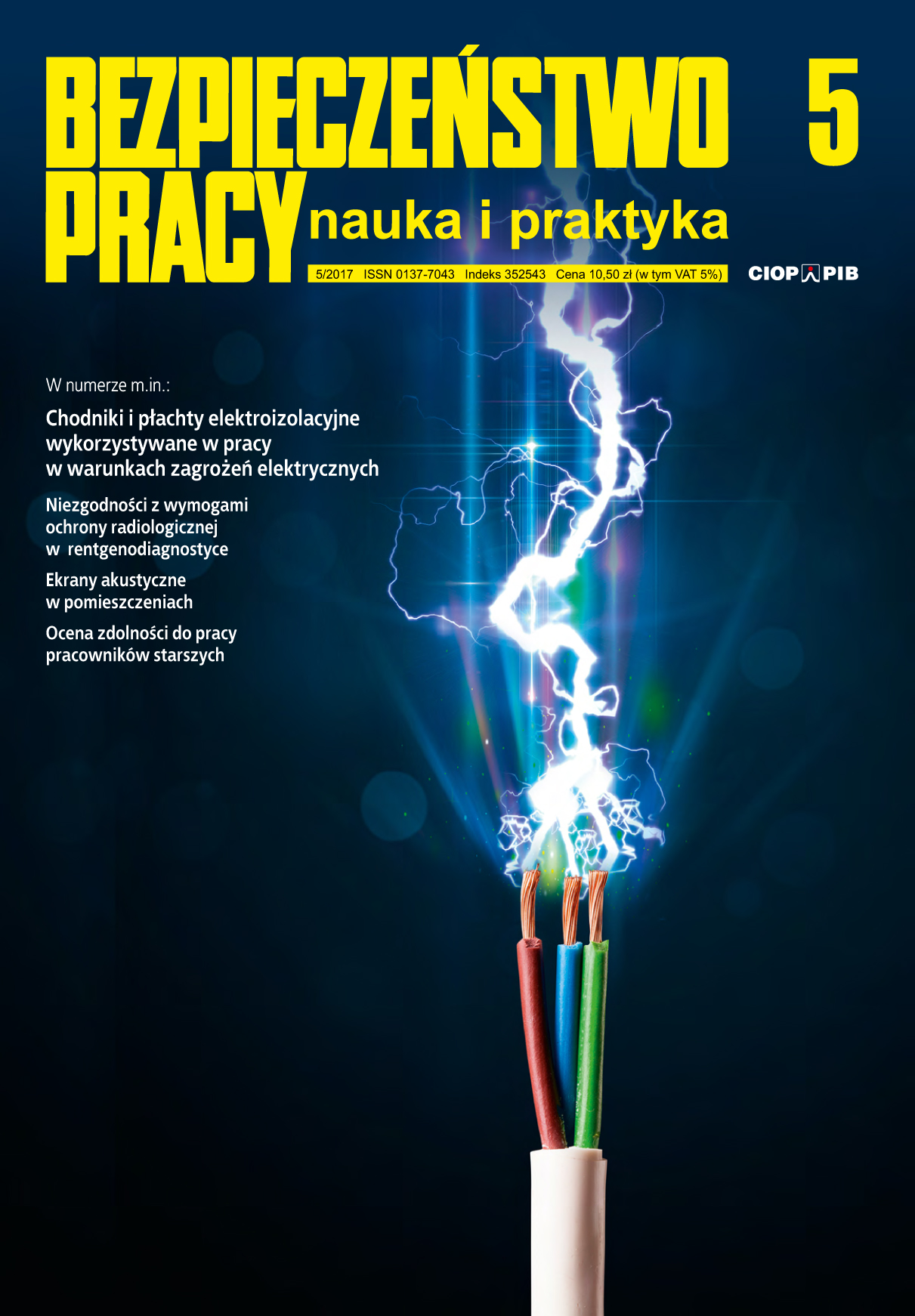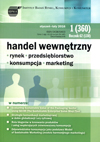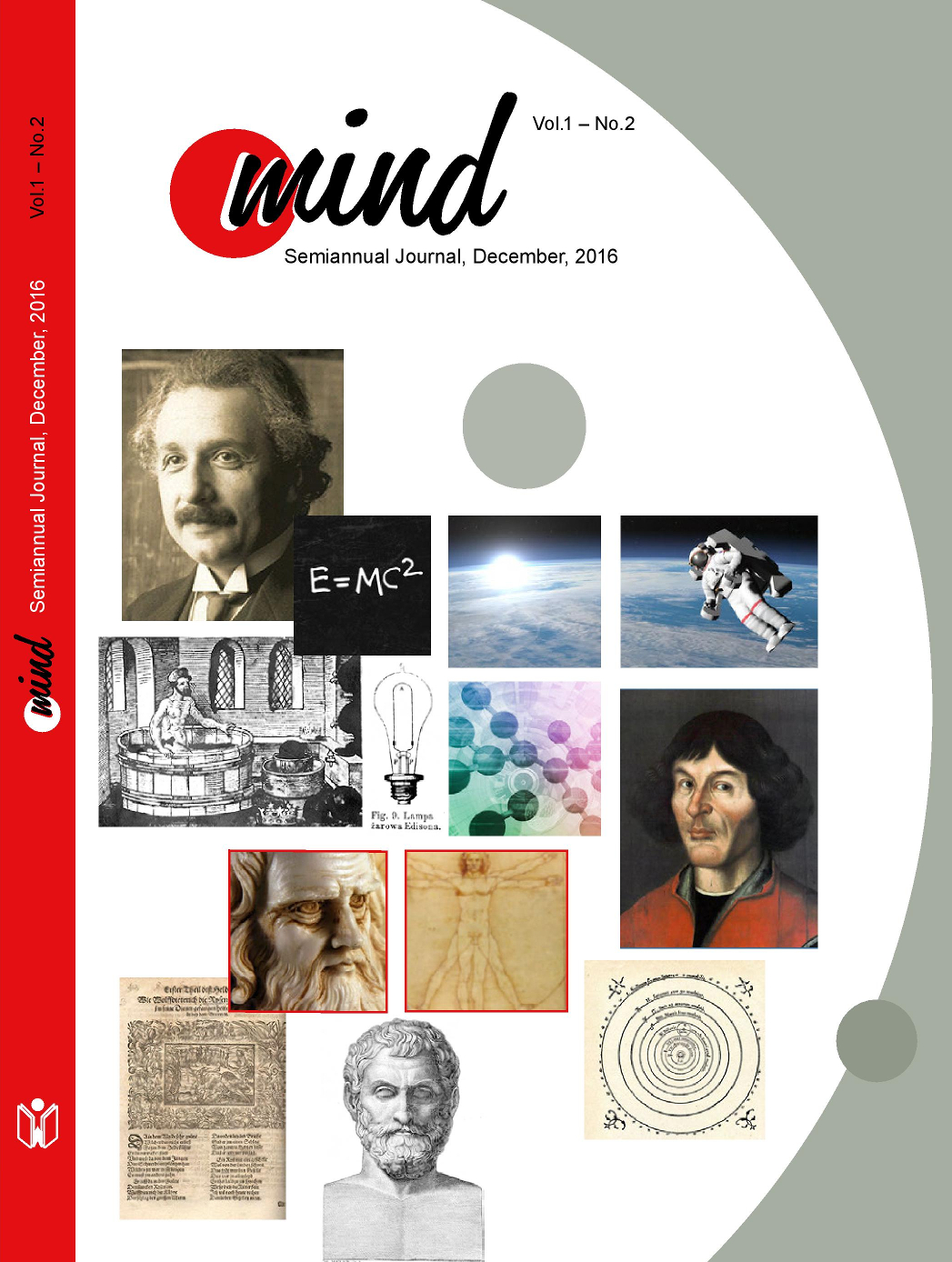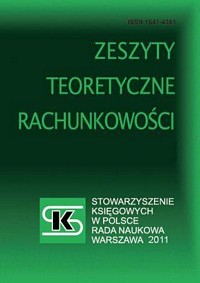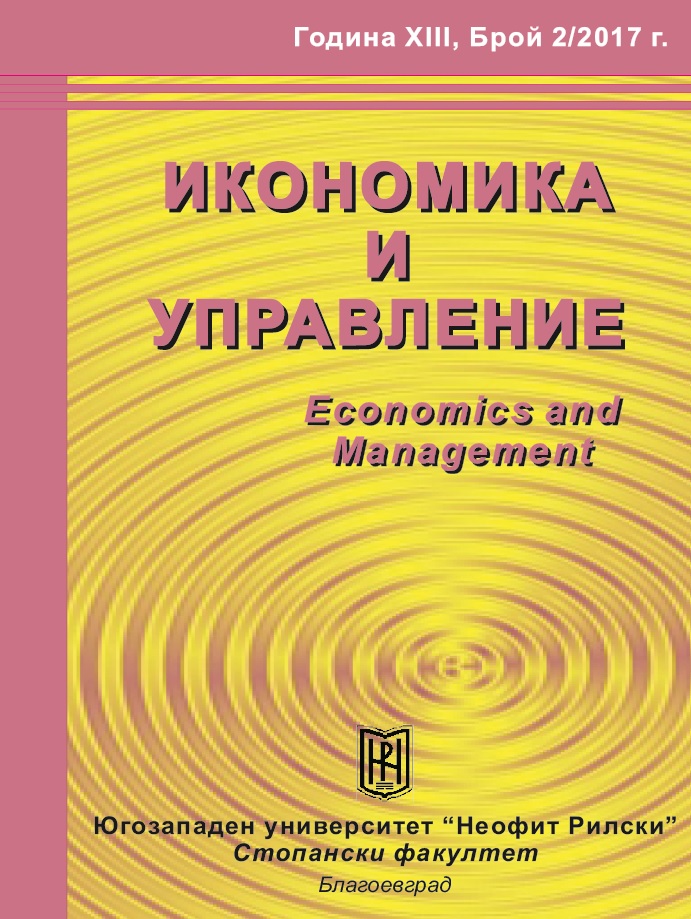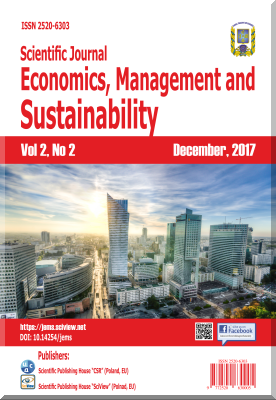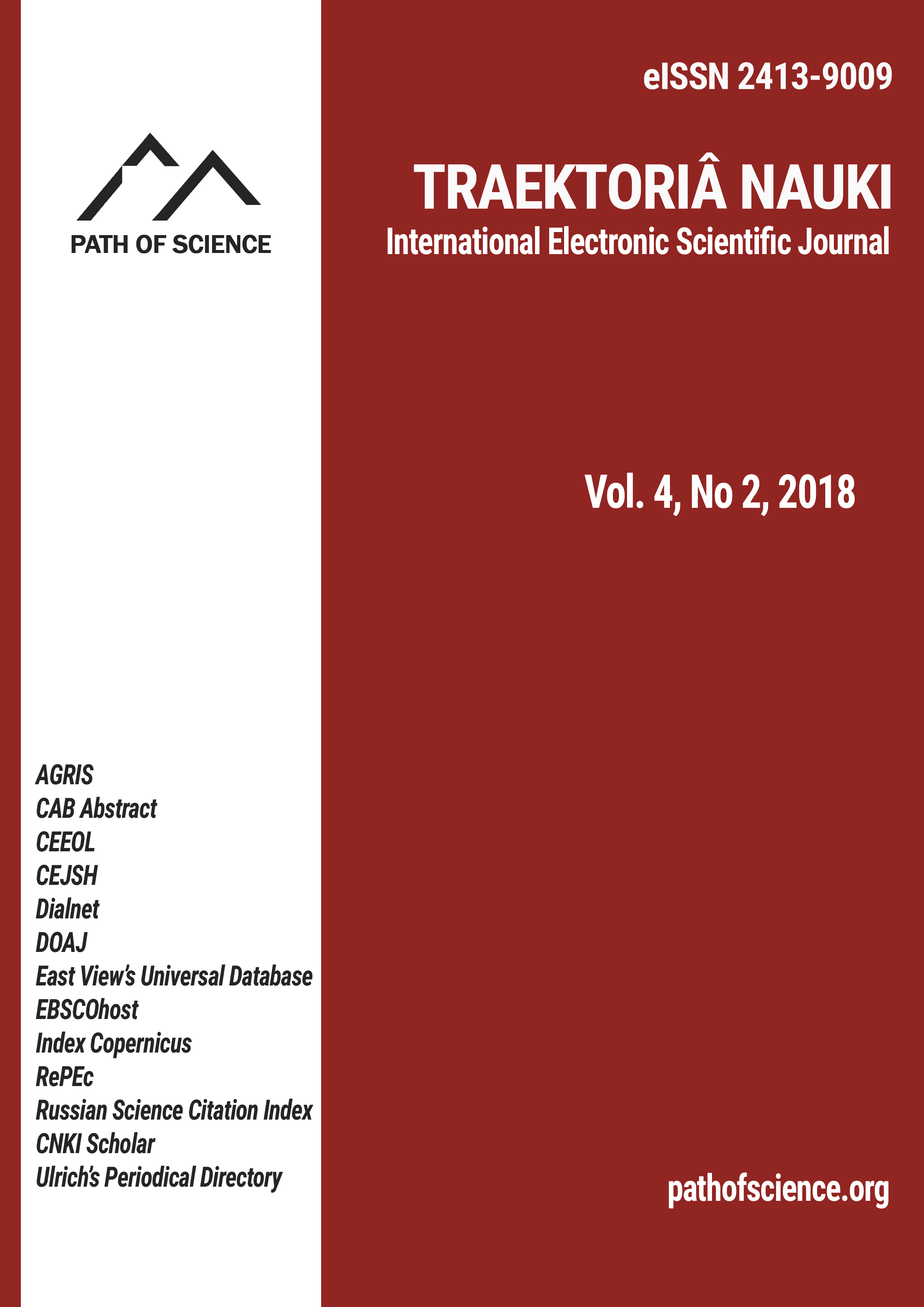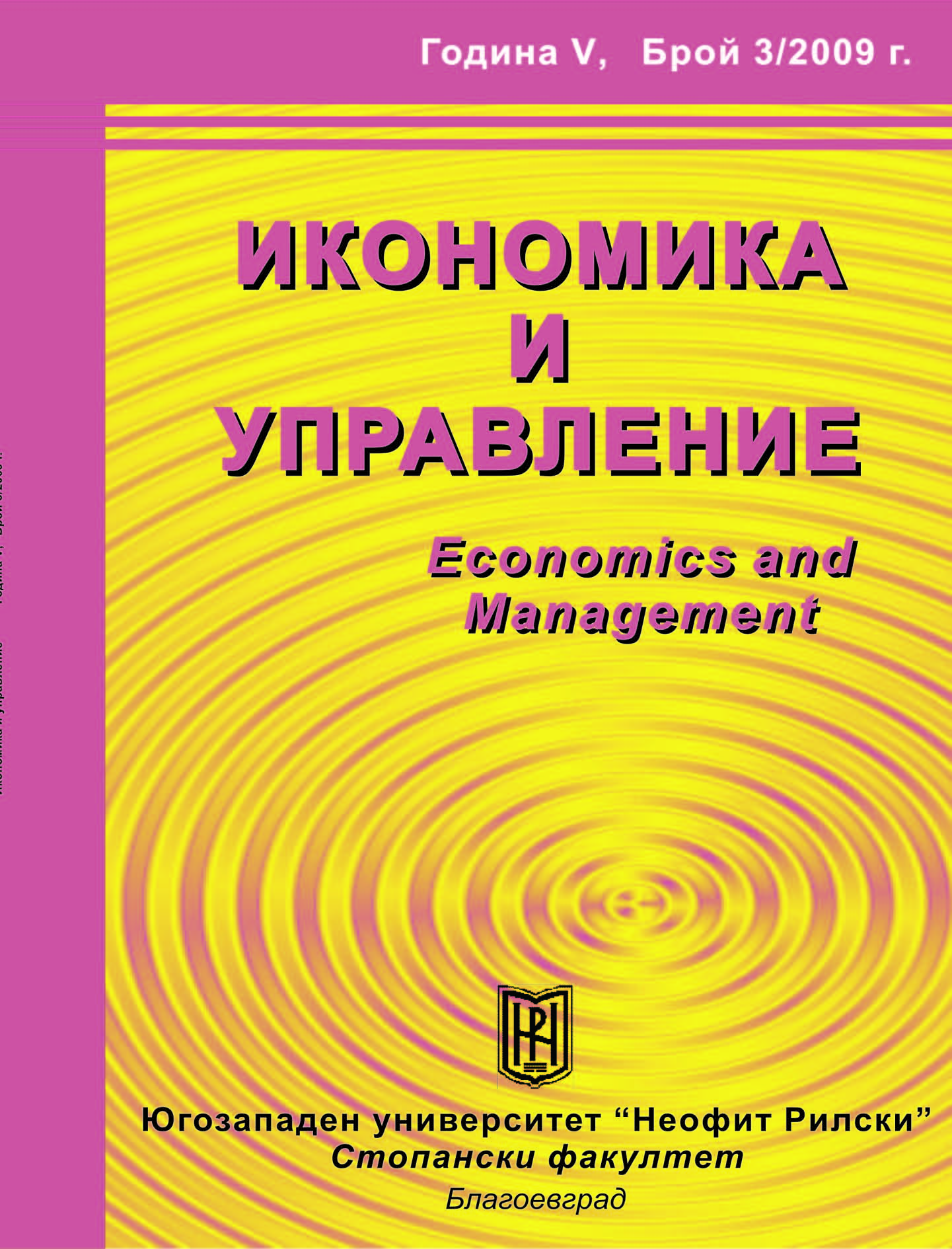
СТРАТЕГИЧЕСКО УПРАВЛЕНИЕ НА ЧОВЕШКИТЕ РЕСУРСИ - РАЗРАБОТВАНЕ НА СТРАТЕГИЯ В СЕДЕМ СТЪПКИ
Strategic human resource management is a new component part of the contemporary organization. It increases manifold the efficiency and the efficacy (of the work) of the human capital in the organization. The opportunity for advancement on the career ladder within the organization, on the other hand, gives stability and flexibility of the management. The development of projects for the implementation of strategic human resource management is a symbol of organizational perfectness.
More...
